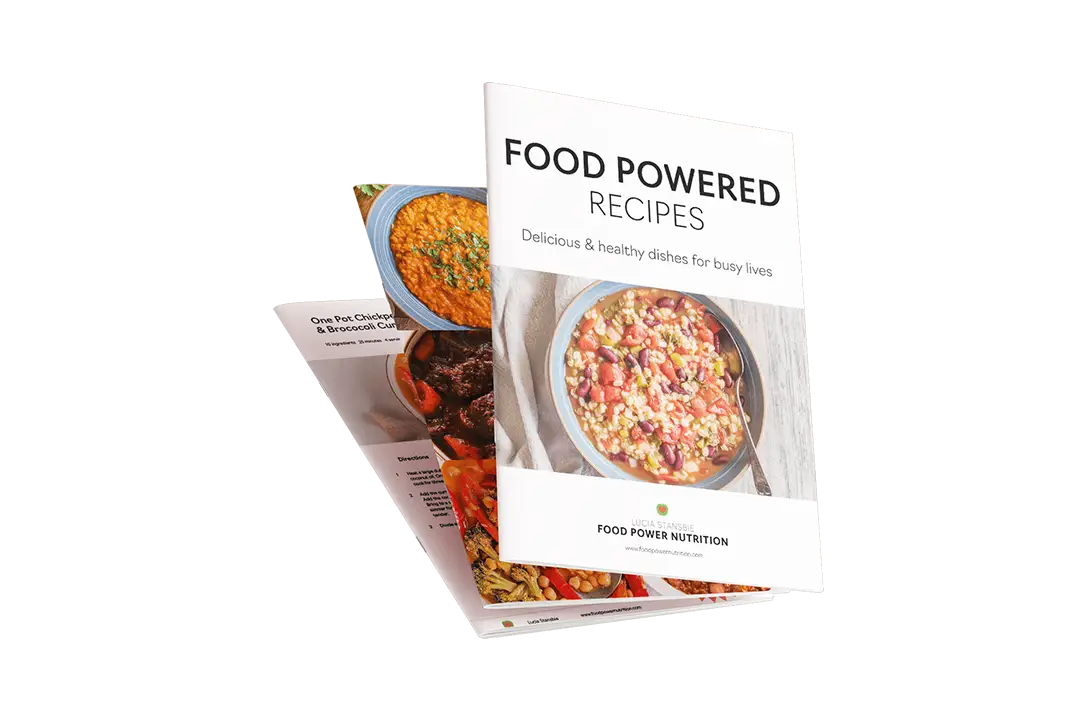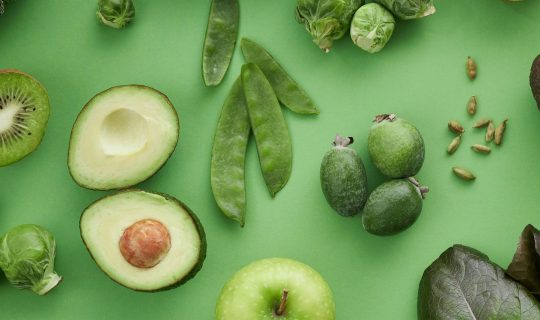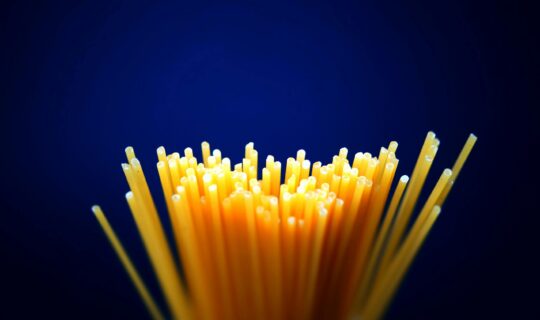For decades, nutrition advice has been built around population averages: recommended daily intakes, standard dietary guidelines and broad lifestyle recommendations designed to suit most people. While these guidelines are useful, they often fall short when individuals experience persistent symptoms, conflicting responses to food, or limited results despite doing “everything right”. This is where genetic testing…
Three easy tips to lower the GL (Glycaemic Load) in your meals
by Lucia Stansbie
If you have been diagnosed with diabetes or pre-diabetes you might be familiar with the concept of GI (glycaemic index).
GI ranks foods on how fast are digested into sugars and how quickly it impacts blood glucose levels, but it does not reflect the portion size.
The GL (Glycaemic load) combines both the quantity and quality of
Carbohydrates, reflecting the amount of carbohydrates a food contains and its GI.
In other words, the GI – is how quick, and the GL – how much and how quick, so is a better parameter to understand the impact of foods on blood glucose levels.
The effects on your health
Foods with a low GL help maintaining stable blood glucose levels, avoiding the dreaded ‘blood sugar roller-coaster’ manifesting as sugar rush followed by a crush. This impacts energy levels as stable blood glucose levels translates as consistent energy levels and a more levelled mood.
If diagnosed with diabetes or pre-diabetes choosing low GI/GL foods is a must to manage the condition, but also no diabetic people can benefit in choosing mainly low GI/GL food to help preventing type2 diabetes, better weight management and increase energy levels.
What Affects the GI/GL of a Food?
*Fibre and fat tend to lower the GI of a food. Having a whole orange is better than orange juice, because of the fibre content, or adding a source of fat like avocado to bread will lower its GI.
* Processing. The more carbohydrates are broken down, the quicker will spike blood glucose. For example, a mashed potato has a higher GI than a whole baked potato.
* Cooking method. Cooking a food for longer increases breakdown of carbohydrates. For example, al dente pasta has a lower GI than soft-cooked pasta.
3 easy tips to lower GI in your meals
*Make sure there is always a source of fibre in each meal. Adding spinach to breakfast, a side salad with your main meals and adding as many vegetables as possible to cooked dishes.
*Legumes are also an excellent source of fibre, and their blood sugar stabilising effects lingers until the meal after the one they have been consumed. Is a good idea to include them in your lunch to have stable blood sugar levels for the whole day. An idea could be adding hummus to a salad, have a chilli con carne with black beans in it, or a minestrone with a variety of beans.
*Avoid tropical and over-ripped fruit as those have a very high GI. Swap then for berries and apples, fruits with a low GI/GL.



